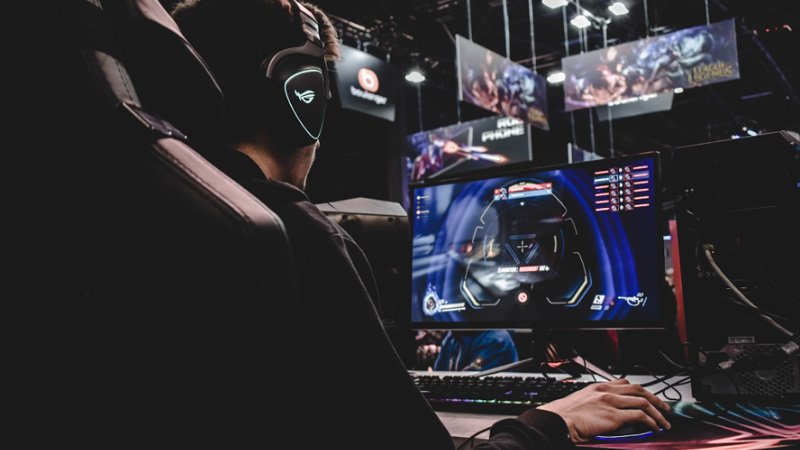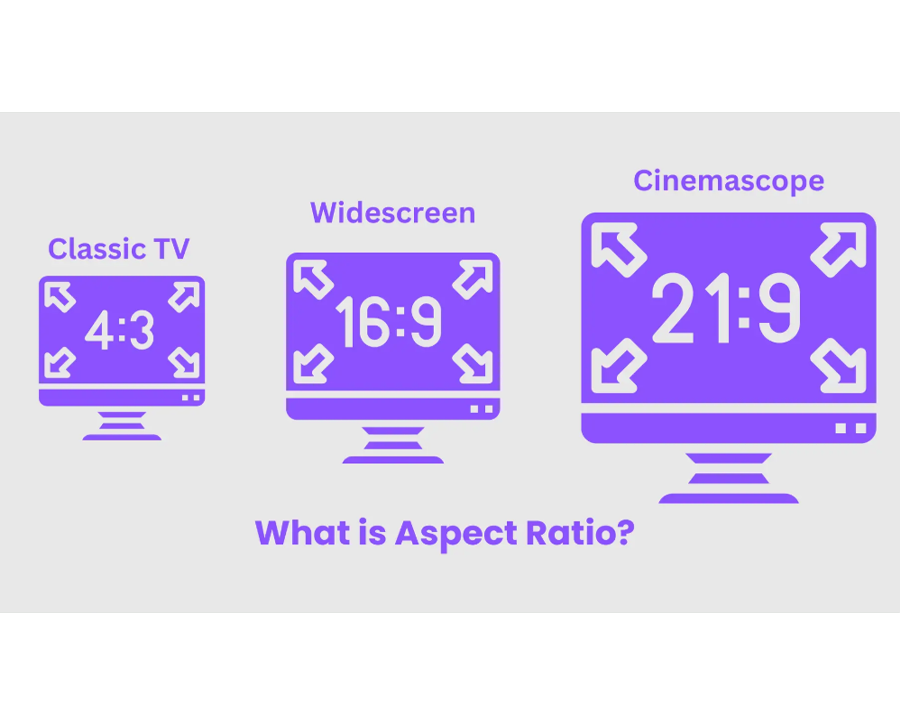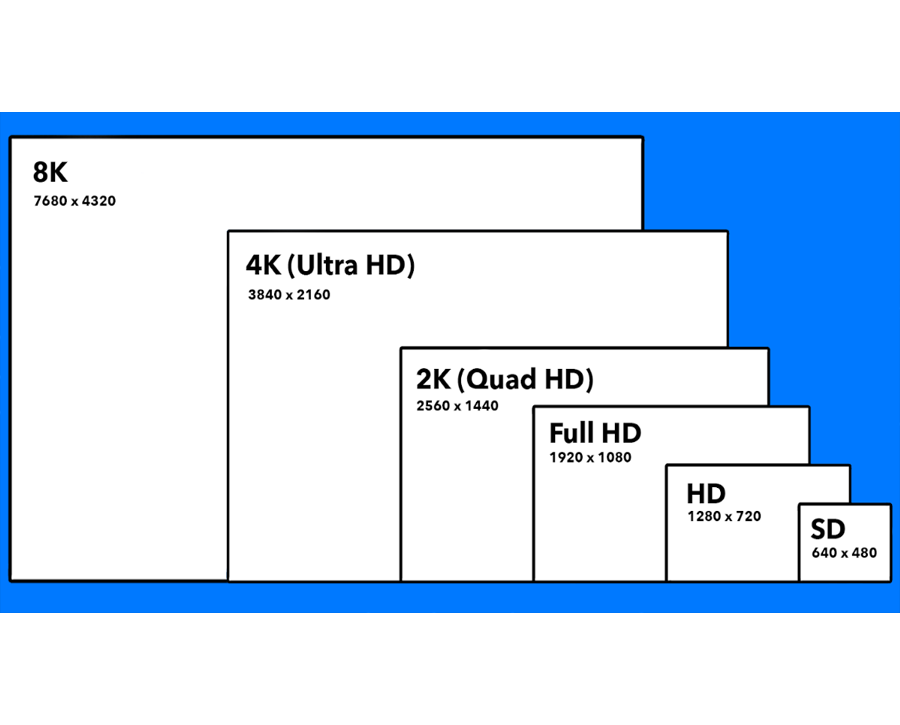
Selecting the right monitor for your gaming needs will definitely alter your experience in a way. But which of the two is better for gaming? Now let’s see how those three types can benefit or harm you so that you could make up your mind.
Definition Of 16:9, 21:9, And 32:9 Monitors
Aspect ratio is a relative width and height of any surface, including computer screens. A 16:9 monitor is made with a standard widescreen format. Width is 9 units while height is 16 units of width. These monitors are readily available in sizes of between 22 and 32 inches. They are commonly used for gaming, work, and for entertainment.
A 21:9 monitor is an ultrawide screen. It’s much wider than 16:9, which will give a more general vision. These monitors usually come in sizes from 29 inches up to 49 inches. They are widely used by gamers and persons who have to work at a large table.
The 32:9 monitor is an ultrawide screen display. It’s like placing two 16:9 monitors side by side. These monitors are large, beginning from 43 inches and going up to 55 inches or even larger. They are great for gaming and other activities, and they also give a rather realistic feeling.
How 16:9 Monitors Perform For Gaming
16:9 monitors are preferred by gamers more than any other monitors in the market. They are cheap, easily accessible and come with the backing of almost all games in existence. This aspect ratio has become standard for good reasons to be explained as follows.
When gaming on a 16:9 monitor, you get a balanced view. It is easy to read on the screen and there is no need to squint to see the content. The available resolutions are Full HD (1920×1080), Quad HD (2560×1440) and even 4K (3840×2160) which are ideal for every class of games.
One of the biggest advantages of 16:Their compatibility is the key advantage of 9 monitors. This aspect ratio is what game developers consider when developing their games. It eliminates problems with cut-off visuals and improper graphics of products which may make your brand unattractive. This makes them suitable for gamers who are casual and also those who are professional.
The other determinant is cost. A decent 16:9 gaming monitor with features. Such as a 144Hz refresh rate and a 1ms response time is affordable. This accessibility makes it easy for gamers to upgrade without having to spend some of their hard earned money.
However, 16:9 monitors may not provide the kind of experience as wide screens do. There is no feeling or having the ability to see more than what you are currently viewing as offered by ultrawide monitors. However, the combination of the two aspects, power and cost makes it suitable for many people.
The Gaming Experience On 21:9 Monitors
If you’re looking for more immersion, a 21:9 monitor is a game-changer. These ultrawide displays offer you a wider view, and the games appear to be more like a movie. This is well observed in open world and racing games more often than in any other category of games.
For me, the expansive screen is immersive. You can have a wider view of your environment without having to adjust the location of the camera. This advantage can be very important in other games where peripheral vision plays a critical role in winning.
However, ultrawide monitors have some issues. The costs of these systems are one of the most significant disadvantages. They cost significantly more than 16:9 monitors. If you are aiming to get high resolutions and high refresh rates, get ready to pay even more.
The second problem is compatibility. Not all games support 21:9 aspect ratios. Occasionally you may notice black borders at the bottom or sides or stretched graphics. This can be quite annoying if you buy an ultrawide monitor but cannot fully enjoy video games.
Despite these challenges, the immersive experience of a 21:9 monitor is unmatched. Ultrawide screen is something you might consider if you’re a gamer who enjoys having beautiful graphics on the game.

Why 32:9 Monitors are perfect for certain gamers
Super ultrawide monitors, like the 32:9 aspect ratio, raise the bar of immersion. These monitors are amazingly large with screen sizes that provide a view you won’t find with any other monitor.
Multitasking is one of the biggest advantages of using the chains of command. A 32:9 monitor can be as effective as two monitors that are distinct. You can play a game on one side, while having a guide or a chat on the other side of your screen. This makes them perfect for gamers who stream or need that extra screen real estate.
For gaming though, the wider field of view is unmatched in giving one that ultimate gaming feel. Arcade racers, flight simulators, and sandbox. As well as action-adventure games look and feel as realistic as possible. It is a full screen so it feels like you are right inside the game.
However, 32: As many as 9 monitors are not without their problems. It is very thick and they are very large in size, they need a large desk to be placed. They also require high performance of the hardware. The higher resolution of the game demands more graphics processing power from your PC and faster frame rates require a better graphics card.
Price is another factor. Super ultrawide monitors are among the most costly displays in the market today. It can make them unavailable to the average gamer or the casual gamer as they may be too complex to handle.
Despite these downsides, 32:9 monitors are suitable for some gamers. If you prioritize immersion and have the budget and hardware to support it, a 32:9 monitor is hard to beat.
Comparison Of 16:9, 21:9, and 32:9 Monitors For Gaming
- Resolution: A 16:9 monitor can be from Full HD to 4K which is adequate in most gaming conditions. A 21:9 monitor adds width pixels such as 3440 x 1440 which provides more side view. A 32:9 monitor extends it a notch higher with resolutions such as 5120 by 1440. The more detailed a map is, the better it is, but it also requires more computing power.
- Refresh Rate: Refresh rates are important for fluid game play, and monitors can come in nearly any aspect ratio, including 16:9 at a range of Hz from 60Hz to 240Hz or more. Ultrawide and super ultrawide monitor refresh rates are generally high, albeit at a higher price for these specifications.
- Aspect Ratio Impact: This leads to the aspect ratio, which determines how much of a game is visible. A 16:9 monitor gives you a standard view. A 21:9 monitor enhances your field of view making games look more real. A 32:9 monitor also does this to a level of encompassing experience. However, compatibility with larger screens plays a role in gameplay .
- Cost Differences: A 16:9 monitor is the cheapest of all the options. I would like to stress that it is possible to find models with a low price but high quality. A 21:9 monitor is more costly especially when it is equipped with some extra features. A 32:9 monitor is the most expensive, the prices of some of the models can reach the level of a top gaming laptop.
Conclusion
The best monitor depends on the need and the amount of money you are willing to spend. A 16:9 monitor has the advantage of price and compatibility. Choose what is important to you and go for it.

Enter the digital world with our advanced display technologies.



